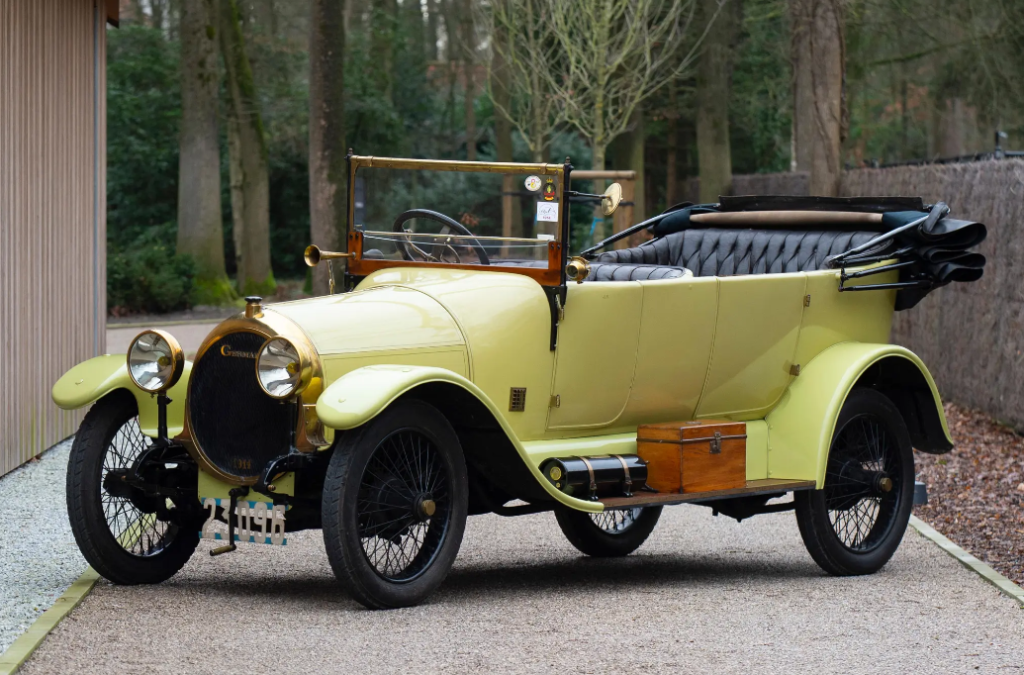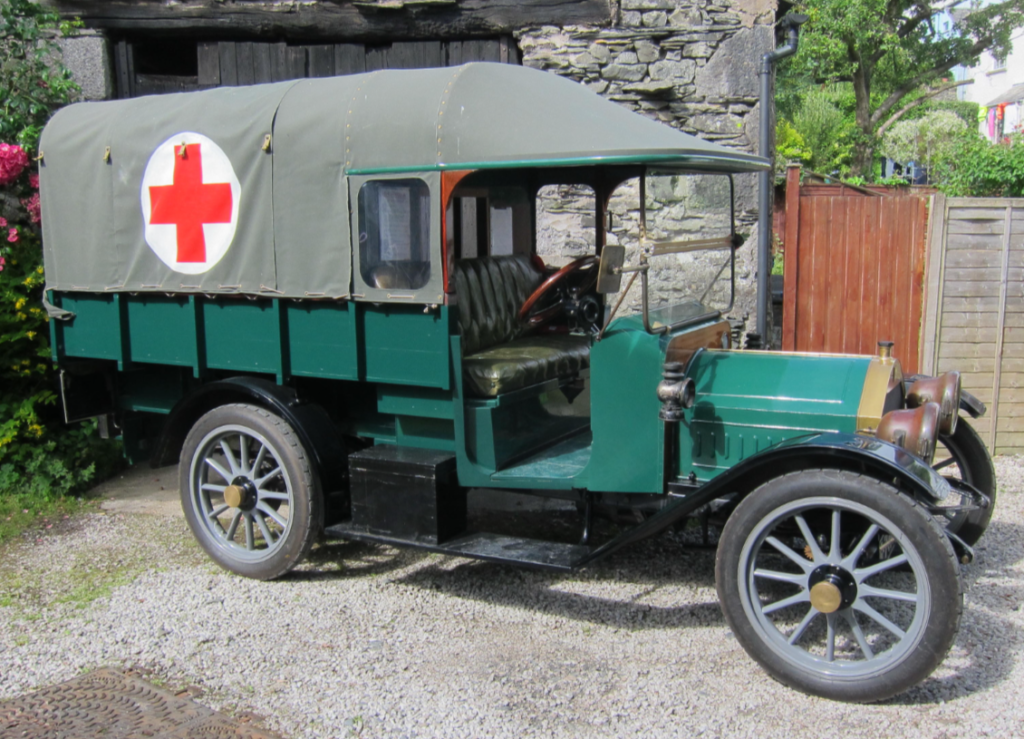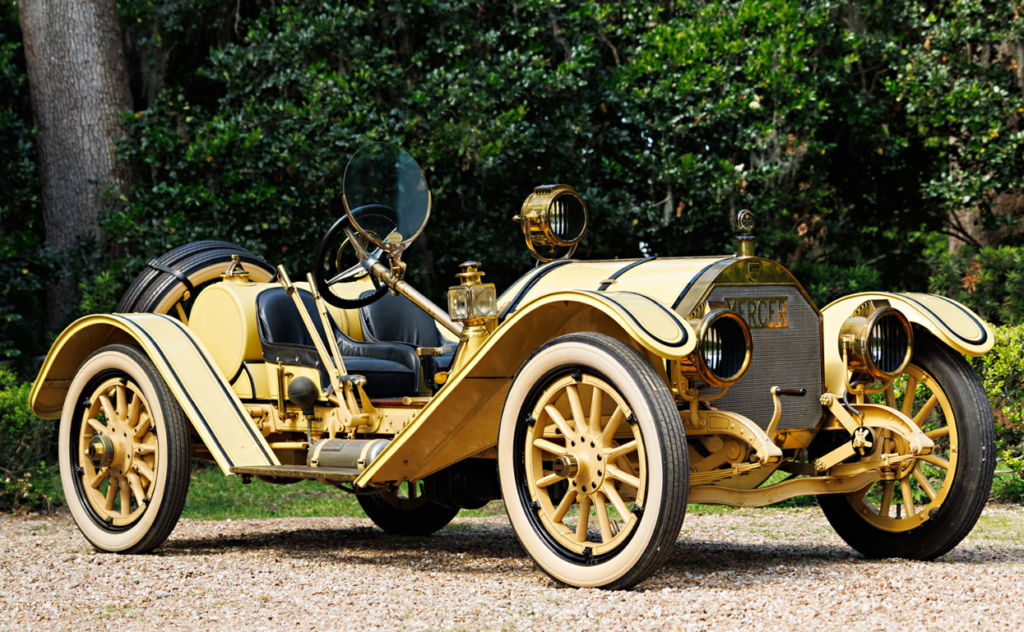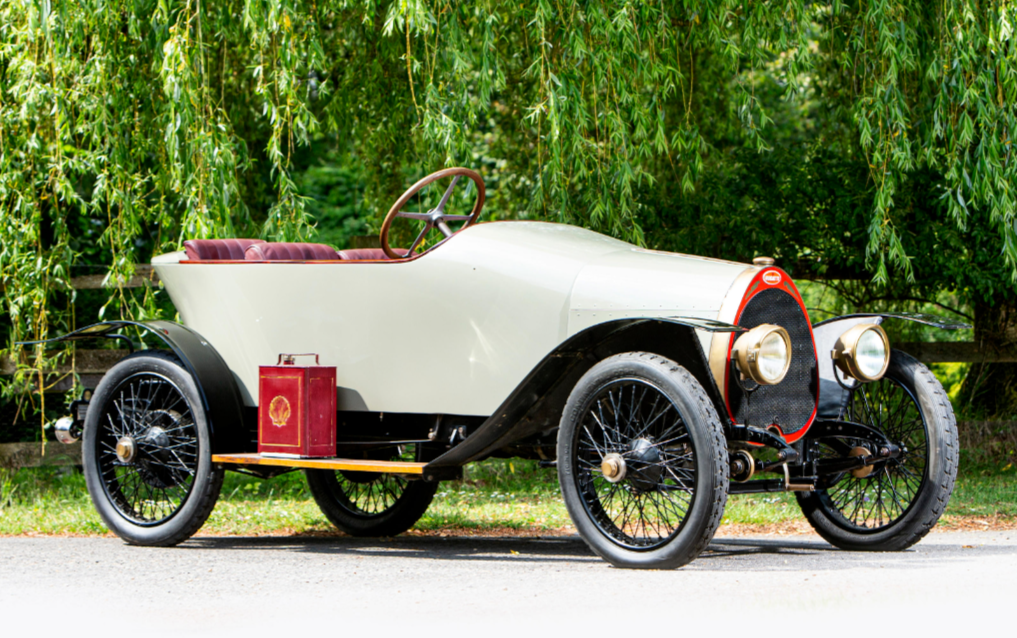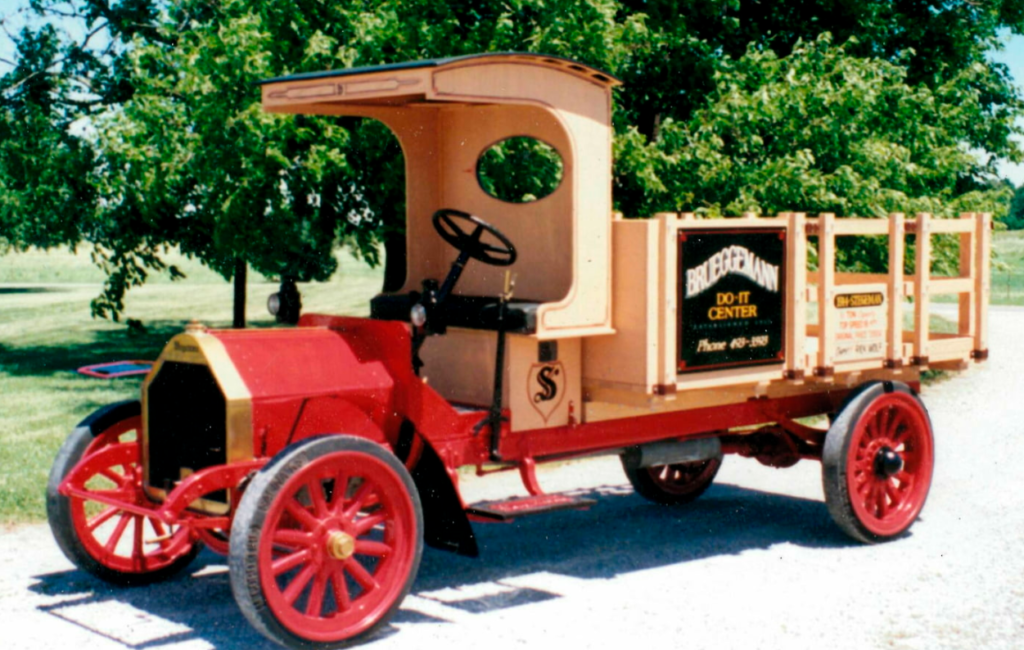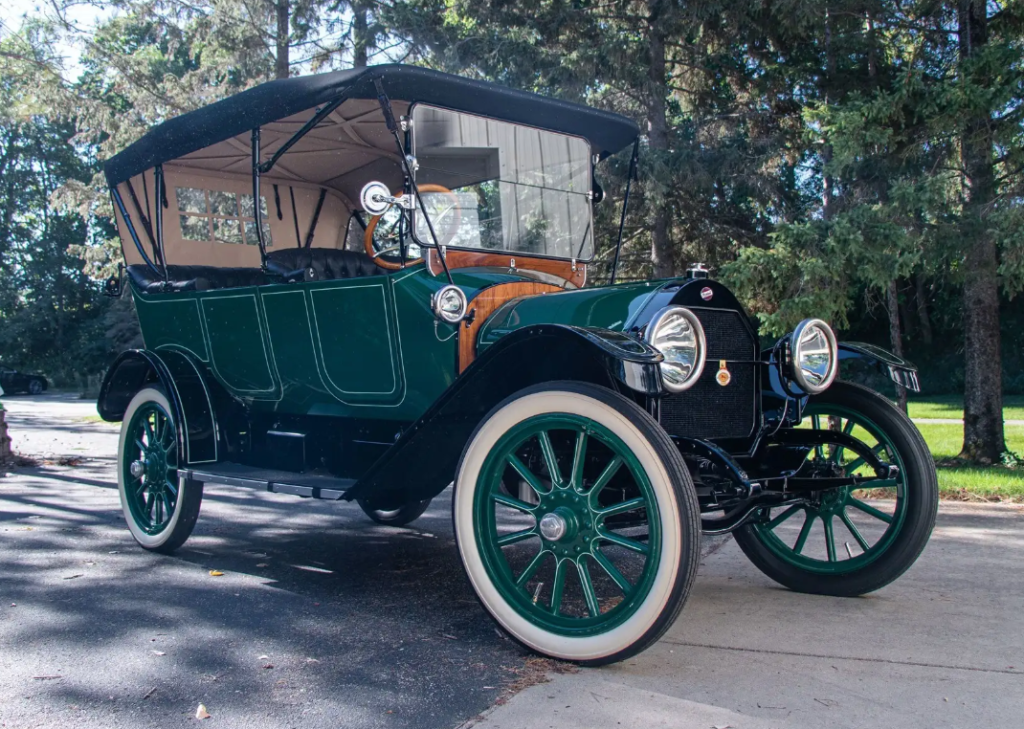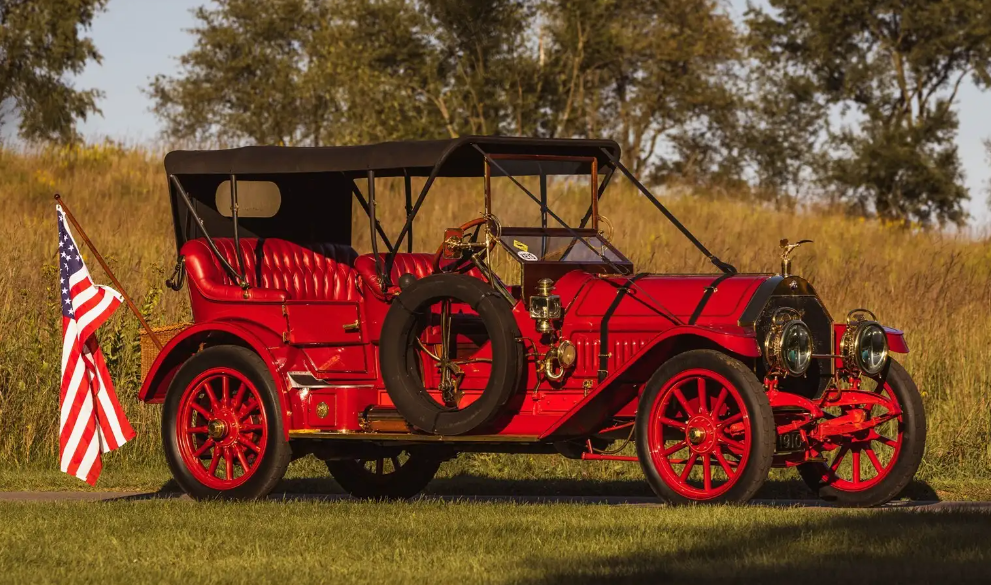1914 Amedee Bollee Type F
Offered by Artcurial | Paris, France | February 2024
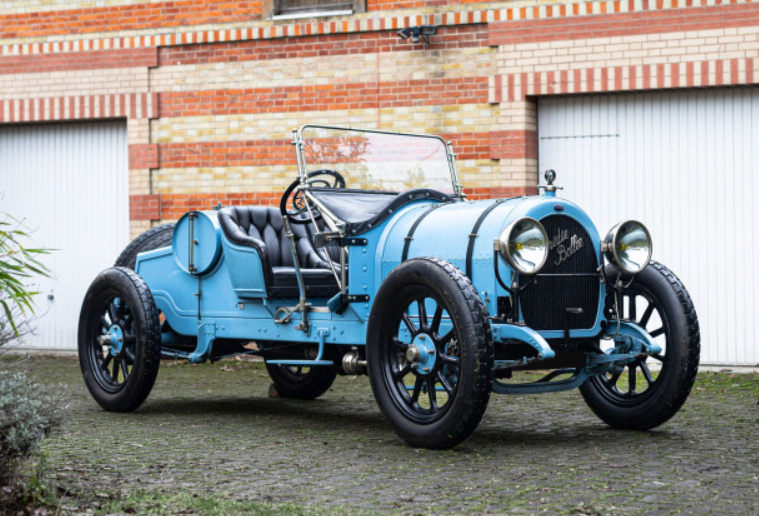
Amedee Bollee specialized in steam cars and was one of the world’s pioneers of automobiles, with his first vehicle doing a run between Paris and Le Mans in 1873. His son, also named Amedee, set up an automobile company in 1898 and continued building cars, at some points almost upon request and never more than 50 a year, until 1923. His brother Leon would have his own car company.
This “Type F” was built in 1916 and is powered by a 6.3-liter inline-four. Around 1930 the car is known to have been bodied as a sedan, a style it still wore in 1988 when it was purchased by an owner, directly from the Bollee family.
It was then restored and fitted with the body you see here. Bollee cars (from either brother) don’t pop up very often, and Amedee’s are much rarer. This one has an estimate of $88,000-$132,000. More info can be found here.

